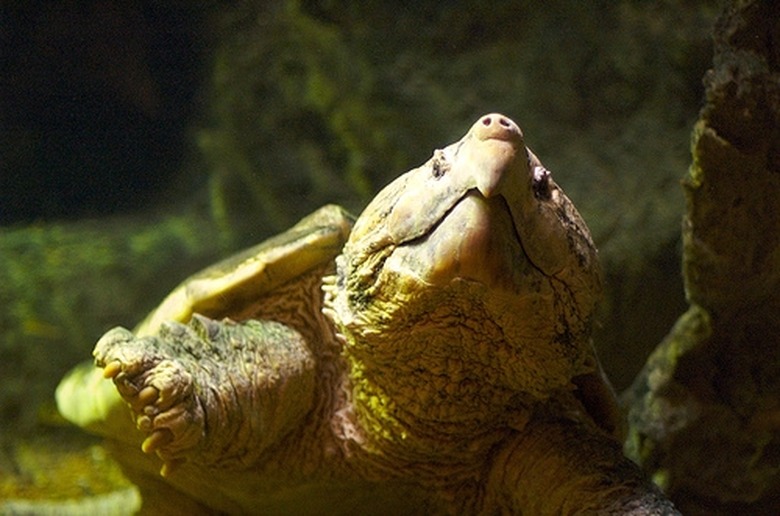Types Of Fresh Water Turtles
The world was home to some 330 species of turtles as of mid-2018. Because the typical freshwater turtle habitat is in wetlands, and so many wetlands are experiencing the effects of climate change, human development, commercial use (e.g., naturopathic remedies, pet turtles or food) or some combination of these, a significant number of these turtles are considered endangered species. In fact, nearly half of the 330 species merit this designation, and about 10 of them include fewer than 10 individual members.
Types of Freshwater Turtles in the U.S.
Types of Freshwater Turtles in the U.S.
About 57 freshwater turtle species live in the United States, or close to one in five turtle species worldwide. Most of these in turn are concentrated in the warm, moist, southeastern part of the country. An even higher density can be found in Southeast Asia.
Common Snapping Turtle
Common Snapping Turtle
The common snapping turtle is found only in North America and is in the same family as the alligator snapping turtle. It is normally 8 to 14 inches long, but it can grow as large as 20 inches.
This species has an "ancient" look because its long tail looks saw-toothed, like that of a dinosaur, and its dark brown shell has a jagged edge. The head of the common snapping turtle is very large compared to its body and and features the sharp, beak-like snout that gives this ill-tempered animal its name.
River Cooter
River Cooter
The river cooter can reach lengths of 9 to 13 inches or so. They have dark shells with yellow markings in a net-like pattern. The river cooter has dark markings on its plastron, or chest. It also yellow stripes on the sides of its head. They are found in different types of habitat types from the closely related Florida cooter, but these two types share some overlap and can hybridize, leading some zoologists to propose that they are in fact the same species.
Smooth (Florida) Softshell Turtle
Smooth (Florida) Softshell Turtle
The smooth, or Florida, softshell turtle is another large species of freshwater turtle, reaching lengths of 11 to 24 inches. Females are noticeably larger than the males. The shell, like many North American turtles, is dark brown to dark green; it is often but not always uniformly colored. It has a distinctly oval-shaped shell with numerous bumps directly behind the head and the neck.
Spiny Softshell Turtle
Spiny Softshell Turtle
The spiny softshell turtle is another hefty species, reaching lengths of 7 to 17 inches. As with the smooth softshell turtle, females are larger than males. The spiny softshell turtle boasts a rounded shell, in contrast to the oval-shaped Florida softshell. Usually, at least two dark, broken lines follow the curve of the posterior part of the shell. The shell also has numerous small blotches or circular marks. The spiny softshell also has two stripes on its neck.
Cite This Article
MLA
Beck, Kevin. "Types Of Fresh Water Turtles" sciencing.com, https://www.sciencing.com/types-fresh-water-turtles-5418295/. 22 November 2019.
APA
Beck, Kevin. (2019, November 22). Types Of Fresh Water Turtles. sciencing.com. Retrieved from https://www.sciencing.com/types-fresh-water-turtles-5418295/
Chicago
Beck, Kevin. Types Of Fresh Water Turtles last modified March 24, 2022. https://www.sciencing.com/types-fresh-water-turtles-5418295/
